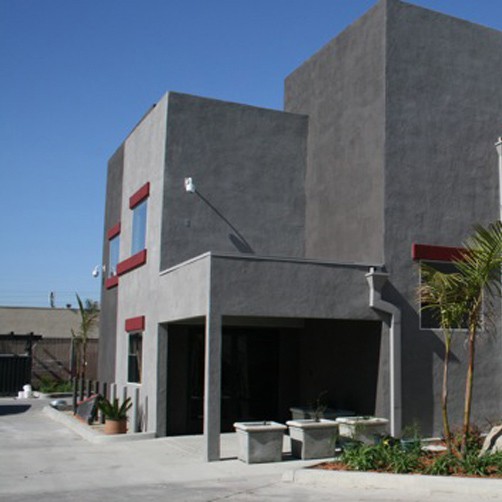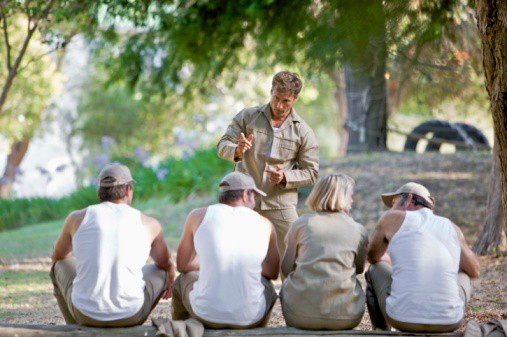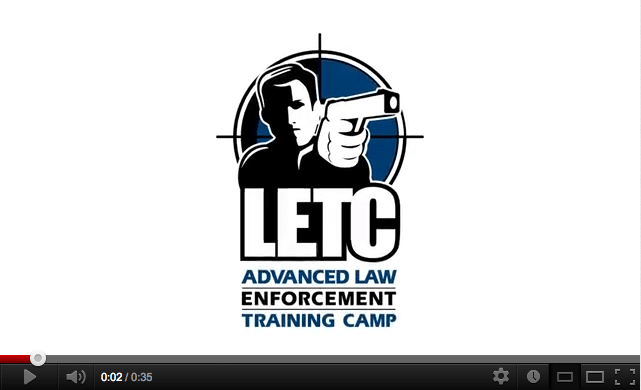By: Brian C. Smith
Editor’s Note: The views in this article are the author’s own and don’t necessarily represent those of Action Target, Inc.
Approximately 16 years ago, I had a conversation with an old “salty” veteran police officer over lunch. He was sent by his police agency to attend a firearms class that I was teaching as a way of punishment for his actions that were defined as unsafe firearms tactics by his police agency’s administration. The class I was teaching was titled “Survival Shooting Tactics for Armed Confrontations,” which was a one-day, eight-hour course at the time. The course has undergone many revisions and updates since then. In our conversation, I soon realized that this officer has probably forgotten more than I will ever know or experience in my police career. I found myself taking mental notes while conversing about details he had mentioned on how he survived in a few of his encounters with close call situations.
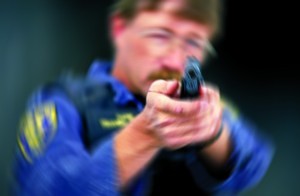 The officer then hit me with a question, “How would being injured in a fire fight encounter affect your firearm accuracy?” Being young and cocky, my response was, “That should not matter, sight alignment and sight picture would be the same. I still should be able to hit the threat no matter what.” The old salty police officer looked at me as he leaned back in his chair and just smiled. After a few moments of both of us just staring at each other, the old guy said, “I will give you credit for being a good firearms instructor, but I can see that there are some things you have yet to experience in this life as a police officer.” After that brief lunch, it was as if I had just been educated by one of the three wise men.
The officer then hit me with a question, “How would being injured in a fire fight encounter affect your firearm accuracy?” Being young and cocky, my response was, “That should not matter, sight alignment and sight picture would be the same. I still should be able to hit the threat no matter what.” The old salty police officer looked at me as he leaned back in his chair and just smiled. After a few moments of both of us just staring at each other, the old guy said, “I will give you credit for being a good firearms instructor, but I can see that there are some things you have yet to experience in this life as a police officer.” After that brief lunch, it was as if I had just been educated by one of the three wise men.
I then researched how the human body is affected by blunt trauma and what physical symptoms that person will experience as well as how these symptoms would affect a shooter’s accuracy in a fire fight. In my research, I discovered the medical condition that may apply is referred to as “neurogenic shock.” This is a condition where the human body suffers a minor injury or traumatic experience. In the condition of neurogenic shock, the most common symptoms include:
- A fast, weak pulse
- Low blood pressure
- Feeling faint, weak, or nauseous
- Dizziness
- Cold, clammy skin
- Rapid, shallow breathing
- Blue lips
The symptoms start developing approximately 90 seconds after the incident occurs. This time span can vary due to age, physical condition, or pre-existing health problems.
I have personally suffered from this condition many times when I have sustained a minor injury while playing sports or engaging in other physical activities. I have witnessed the common treatments of this condition as having the person lie on their back with feet slightly elevated to raise their blood pressure, keep them warm by covering the person’s torso with a blanket or garment, and administer fluid. A person can develop this condition by suffering a dislocated finger, sprained ankle, brachial stun to the torso, or the unthinkable – a gunshot wound.
From this research, I developed a shooting drill that we have included in the “Injured Officer” segment of our firearms training curriculum named as the “Equilibrium Drill.” This helps our training staff to illustrate two different concepts on how your condition may affect your firearms accuracy.
1. Physical reactions that may compromise your firearm proficiency due to an injury
2. Diminished firearms accuracy due to inebriation
Also, while serving in my former position as Director of Training with the Chicago Heights Police Department, one of my duties was to orientate and prepare the new recruits graduating from the academy for their new assignments. This included an orientation class that consisted of about 16-18 hours (two consecutive days) of training that was to be completed just prior to being assigned to an FTO (Field Training Officer). This Pre-Field Training Officer’s course curriculum consisted of topics such as handcuffing, expandable baton, OC pepper spray, and an eight hour handgun course on survival tactics at the range. My prior experience and perils as a young officer qualified me when I recited the common cliché, “Been there and done that.” I have an understanding of young male police officers, full of testosterone, and how they are capable of making many mistakes in the infant stages of their careers. We found it necessary to always discuss with the recruits the topic of off-duty encounters, which is included among a variety of topics on consuming alcoholic beverages and developing “beer muscles” while patronizing a liquor-serving establishment. Therefore, this shooting exercise also emphasized the outcome if a police officer were to be engaged in a firefight while intoxicated.
The “Equilibrium Drill”
(Simulating shooter intoxication or neurogenic shock as a result of an injury)
Target: 3 metal pepper popper plates or 3 large round balloons – I suggest you use 12-16 inch diameter balloons.
Distance: 40 feet (from the target to the established firing line)
Ammo: 5 rounds, no magazine exchange or reloads required
Weapon: Pistol or revolver
Shooting Position: Kneeling, sitting, or prone
Exercise
A. Shooter loads and makes ready, then places the weapon on the ground with muzzle pointed double down range.
B. Shooter steps back approximately 15 feet away from the weapon.
C. Shooter stands in the center circle of 2-3 range officers with his arms folded across his chest.
D. The range officers spin the shooter around in a circle for approximately one minute to create the dizziness effect.
E. After the one minute, the range officer will give the command “Go,” at which point the spinning will stop and the shooter must attempt to get to his weapon while dizzy and dazed.
F. Upon reaching his weapon, the shooter will take a shooting position on his knees or prone and engage the targets in a rapid fire manner.
Results
It is rare that a shooter in the class has been able to hit all his targets while dizzy, although there have been some exceptions. This exercise involves a great deal of humor, along with a certain reality among the class in witnessing each other’s reactions while dizzy.
This exercise has proven to be a positive illustration for the recruits, teaching them the risks of carrying a firearm while consuming alcoholic beverages in a social setting with other officers or their families. It also allows them to experience the symptoms of suffering a bullet wound so they can be aware of how it will affect their accuracy. Once recruits are aware, they can learn how combat those symptoms and regain a measure of accuracy when shooting. I encourage officers to assume a shooting position low to the ground such as kneeling, sitting, or prone. Experience has revealed that the longer you attempt to stand while suffering from shock the more likely you are to faint.
I also encourage recruits and veteran officers to remain in the fight until the threat is down or stopped. Fainting during the fight is not an option. The officer is expected to give 100% to the end and hope for a positive outcome.
About the Author
Captain Brian C. Smith is a 28-year veteran of the Chicago Heights Police Department and is currently serving as Commander of Training and Special Operations. He has 21 instructor certifications and four armorer certifications. Captain Smith has an associate degree in law enforcement from Thornton Community College and graduated from tile 184th session of the FBI National Academy. He is member of the Illinois Tactical Officers Association, National Tactical Officer Association, ASLET, IALEF, and the American Federation of Police and Concerned Citizens, where he serves as Chairman of the Survival Tactics Committee.
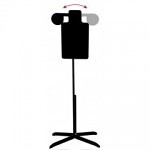 In an effort to be more connected with our customers and clients, we are revamping our social media sites. Now, when you connect with us on Facebook, Twitter, or YouTube, you can receive discounts on any order from our online store. We will also hold regular competitions where you can win free Action Target gear and steel targets!
In an effort to be more connected with our customers and clients, we are revamping our social media sites. Now, when you connect with us on Facebook, Twitter, or YouTube, you can receive discounts on any order from our online store. We will also hold regular competitions where you can win free Action Target gear and steel targets!![]() !Details and updates can be found on our Facebook page.
!Details and updates can be found on our Facebook page.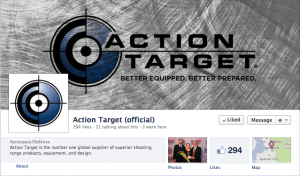 suggestions and see pictures of you shooting on our steel. Help us better serve you by connecting with us online.
suggestions and see pictures of you shooting on our steel. Help us better serve you by connecting with us online.






 The officer then hit me with a question, “How would being injured in a fire fight encounter affect your firearm accuracy?” Being young and cocky, my response was, “That should not matter, sight alignment and sight picture would be the same. I still should be able to hit the threat no matter what.” The old salty police officer looked at me as he leaned back in his chair and just smiled. After a few moments of both of us just staring at each other, the old guy said, “I will give you credit for being a good firearms instructor, but I can see that there are some things you have yet to experience in this life as a police officer.” After that brief lunch, it was as if I had just been educated by one of the three wise men.
The officer then hit me with a question, “How would being injured in a fire fight encounter affect your firearm accuracy?” Being young and cocky, my response was, “That should not matter, sight alignment and sight picture would be the same. I still should be able to hit the threat no matter what.” The old salty police officer looked at me as he leaned back in his chair and just smiled. After a few moments of both of us just staring at each other, the old guy said, “I will give you credit for being a good firearms instructor, but I can see that there are some things you have yet to experience in this life as a police officer.” After that brief lunch, it was as if I had just been educated by one of the three wise men. The Action Target Total Containment Trap can be a great solution to this problem if your daily foot traffic is able to balance the expense of installing and maintaining it. With two different types of lead removal systems, the TCT allows for varying levels of use and greatly diminishes the time you have to spend maintaining your shooting range. Essentially, the TCT is a giant armor steel
The Action Target Total Containment Trap can be a great solution to this problem if your daily foot traffic is able to balance the expense of installing and maintaining it. With two different types of lead removal systems, the TCT allows for varying levels of use and greatly diminishes the time you have to spend maintaining your shooting range. Essentially, the TCT is a giant armor steel  Action Target’s patented wall and ceiling baffles are designed to
Action Target’s patented wall and ceiling baffles are designed to  Action Target, a leading global supplier and manufacturer of shooting range equipment and
Action Target, a leading global supplier and manufacturer of shooting range equipment and 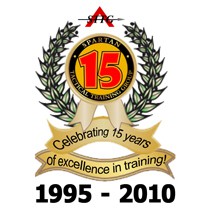 By John Krupa III of Spartan Tactical Training Group and Action Target Academy
By John Krupa III of Spartan Tactical Training Group and Action Target Academy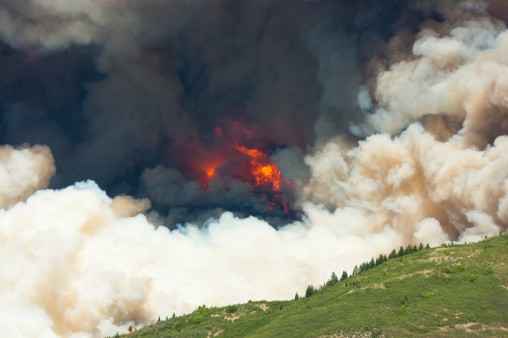 More than 20 wildfires have been started by target shooting this year in Utah alone with dozens more started in Idaho, New Mexico, Arizona, Nevada, and Washington. Many of those fires could have been prevented or stopped had the shooters been prepared. Here is a list of 10 things shooters can do to prevent wildfires while target shooting:
More than 20 wildfires have been started by target shooting this year in Utah alone with dozens more started in Idaho, New Mexico, Arizona, Nevada, and Washington. Many of those fires could have been prevented or stopped had the shooters been prepared. Here is a list of 10 things shooters can do to prevent wildfires while target shooting: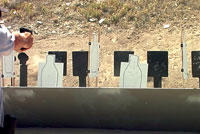
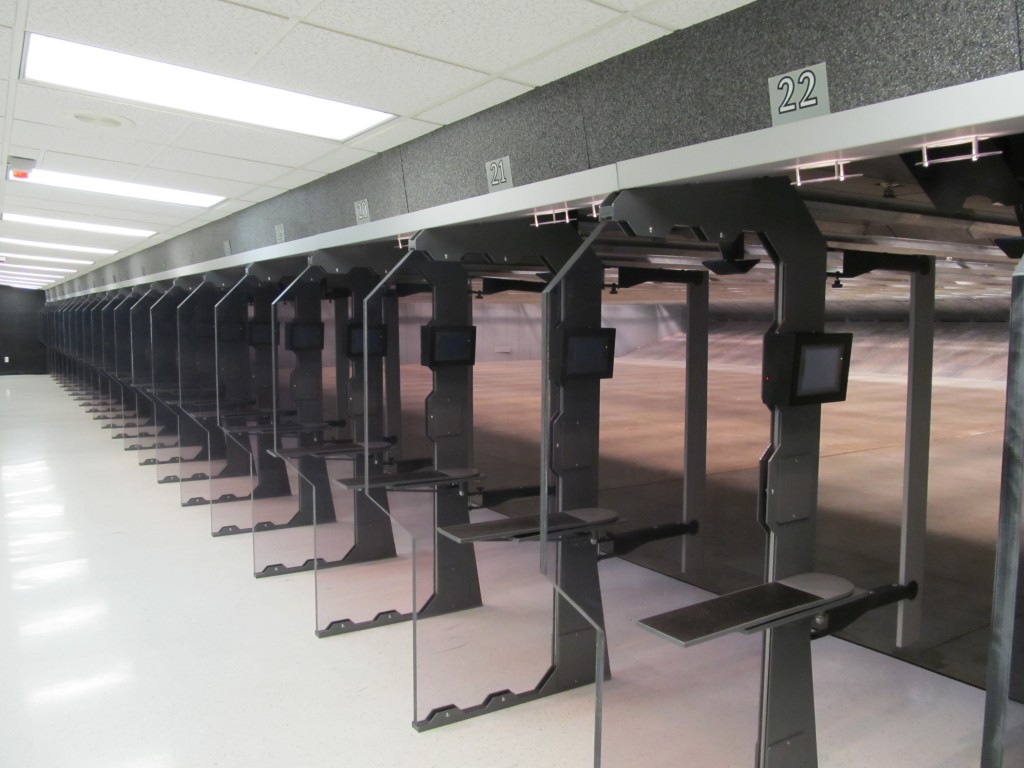 Because
Because 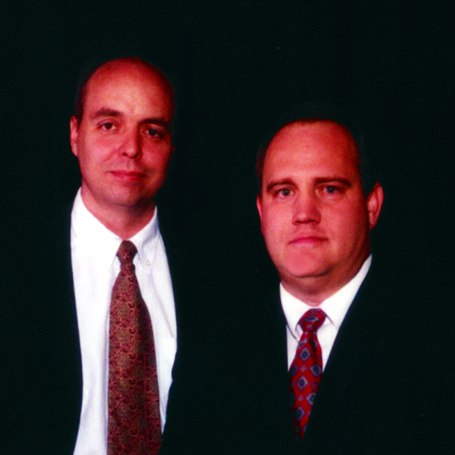 Addison Sovine and Kyle Bateman of Action Target, Inc. both received the Utah area
Addison Sovine and Kyle Bateman of Action Target, Inc. both received the Utah area 